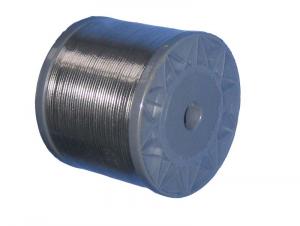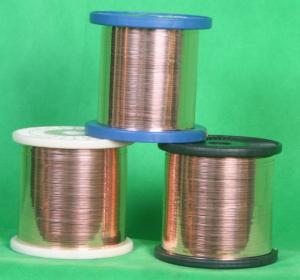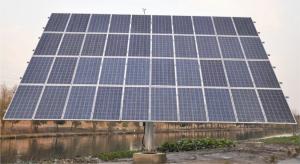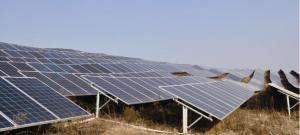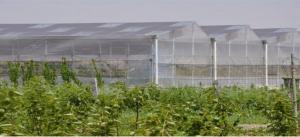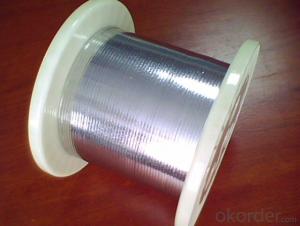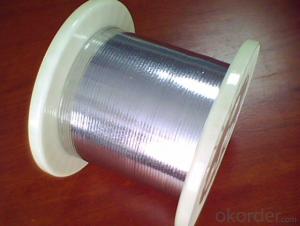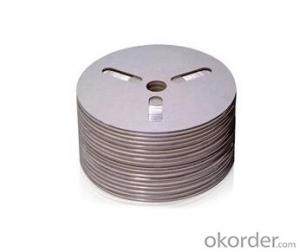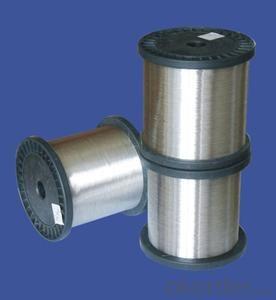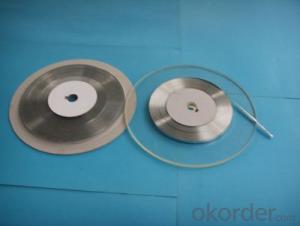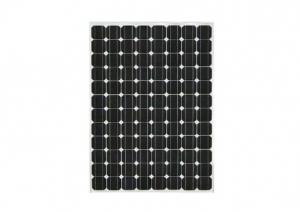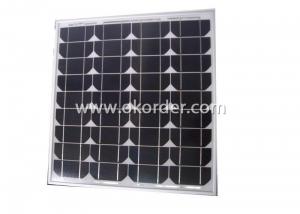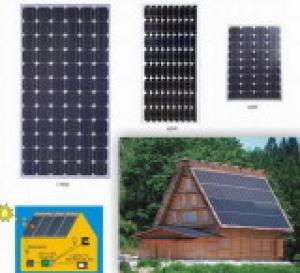Connect-Inter Ribbon-Machine Welding 0.2*1.6mm
- Loading Port:
- China Main Port
- Payment Terms:
- TT or LC
- Min Order Qty:
- -
- Supply Capability:
- -
OKorder Service Pledge
OKorder Financial Service
You Might Also Like
Structure
We produce custom engineered solar tabbing and bus wire helping to attain the highest efficiencies possible for each unique module design. Our Research and Development team can assist you with your needs evaluation and our world-wide manufacturing facilities are strategically located for large volume production.
Feature
The Flux should be compounded and processed in such a manner as to be uniform in quality and
should be free from deleterious material and other details that will after life serviceability or appearance.
Cold Rolling Mills for manufacturing Photovoltaic (PV) Ribbon:
Cold Rolling Mills for manufacturing Photovoltaic Ribbon
This machine is for making Bare flat copper conductors which is using PV Ribbon Wire , Tinned plated flat copper conductors which is using FFC or materials and it was designed to make the best quality products with high productivity as well as easy to control.
Machine capacity
Tinned plated flat copper conductors which is using FFC
Images
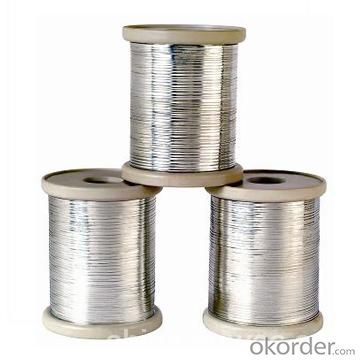
Specifications
Visual Inspection
The visual inspection is using perception to inspect the PV Ribbon Wire. The important
aspect of this inspection is the coated copper must free from:
1).Whether or not there is any flaw is checked.
2).Whether or not its surface has uniform lustrous hue be inspected.
3).Whether or not its surface free from thick.
Coating Thickness Test
The measurement to PV Ribbon Wire is using the external micrometer (0. 001mm)or its equivalents.
The test piece of about 250px long shall be taken and the OD of the wire shall be measured at
3 points.Each point shall be measured 2 times
Thickness Of Solder Coated Wire.After the 3 points of wire be measured,dip the test piece into nitric acid for about 5 minutes,the diameter of core wire shall be measured. One half of the two measurements will give the thickness of solder coated wire.
*Recommended temperature of soldering iron tip : 280~320°C
( According to different thickness, adjust the suitable temperature of soldering )
FAQ
Q:How to guarantee the quality of the products?
A:We have established the international advanced quality management system,every link from raw material to final product we have strict quality test;We resolutely put an end to unqualified products flowing into the market. At the same time, we will provide necessary follow-up service assurance.
Q:Can we visit your factory?
A:Surely, I will arrange the trip basing on your business schedule.
Q:Which payment terms can you accept?
A:T/T,L/C,Moneygram,Paypal are available for us.
- Q: Can solar energy systems be used for powering sports stadiums?
- Yes, solar energy systems can be used for powering sports stadiums. Many sports stadiums around the world have already implemented solar energy systems to meet a portion or even all of their electricity needs. These systems typically consist of solar panels installed on the stadium roofs or in adjacent areas to harness sunlight and convert it into electricity. The generated energy can then be used to power the stadium's lighting, scoreboard, sound systems, and other electrical equipment. Utilizing solar energy helps reduce the carbon footprint of sports stadiums and promotes a more sustainable and environmentally friendly approach to powering large venues.
- Q: I have a rental property and use a 230-Volt 6-Amp Pool Pump.I would like to use a solar panel to run it when the house is empty, using mains power when guests are here.The building is in the Caribbean so plenty of sun!!I wanted to run it quot;directand not use batteries. Is this possible??What size panel would I need? A DC invertor too??Thanks!!
- Why don't you use the mains as the battery with net metering. That way you don't have to have two pumps, a DC pump for the solar and an AC pump for the mains. A 230 V, 6 A pump draws 3.68 kw. A typical solar panel produces about 400 watts so you would need about 0 solar panels which should run you about $20,000 US. Of course, you may not need to run the pump continuously but in order to use fewer solar panels for sporadic use, you would need the batteries or the net metering. Keep in mind that with the costs of the panels, you will be paying about 38 cents a kwh. Grid power usually costs around 5 cents a kwh.
- Q: Can solar cells be used in telecommunications infrastructure?
- Yes, solar cells can be used in telecommunications infrastructure. They can power various components of the infrastructure such as cell towers, base stations, and remote equipment. Solar cells provide a reliable source of renewable energy that can be harnessed to meet the power requirements of telecommunications systems, particularly in remote and off-grid locations. This helps reduce dependence on traditional grid electricity and lowers the carbon footprint of the infrastructure.
- Q: Are there any restrictions on the use of solar pumps in certain regions or countries?
- Yes, there can be restrictions on the use of solar pumps in certain regions or countries. These restrictions can vary depending on factors such as local regulations, environmental concerns, availability of sunlight, and government policies. Some regions or countries may have specific rules regarding the installation, operation, or maintenance of solar pumps, while others may require permits or certifications before their use. Additionally, in areas with limited access to sunlight or where alternative energy sources are prioritized, the use of solar pumps may be less common or restricted. It is essential to research and understand the specific regulations and requirements of a particular region or country before installing or using solar pumps.
- Q: Or must there be built - in battery? If yes, then use the mobile phone lithium battery can?
- Solar panels can not be used directly to charge mobile phones and other products. The output voltage of the charger for mobile phone and other products at around 5V, and the output voltage of the solar panel is not fixed, fluctuated, when more than 5.5V or higher, causing permanent damage to products such as mobile phone, must control the output voltage between 4.5 ~ 5.5V through the conversion circuit.Built in battery is in order to output more stable, but the premise must be configured safe and effective protection circuit and voltage conversion circuit.
- Q: How do solar cells perform in areas with frequent power outages?
- Solar cells can be a reliable source of electricity in areas with frequent power outages. Since solar cells generate electricity from sunlight, they are not dependent on the grid for power supply. This means that even during power outages, solar cells can continue to produce electricity as long as there is sufficient sunlight available. However, the performance of solar cells during cloudy or rainy days may be affected, resulting in reduced electricity generation. Additionally, to ensure uninterrupted power supply, it is advisable to use energy storage systems such as batteries in conjunction with solar cells in areas with frequent power outages.
- Q: Can a solar mounting system be used for solar billboards or signage?
- Yes, a solar mounting system can be used for solar billboards or signage. These systems are specifically designed to securely mount solar panels onto various structures, including billboards and signage. By utilizing solar mounting systems, these advertising structures can harness solar energy and convert it into electricity, making them more sustainable and cost-efficient.
- Q: Are solar panels fire hazards?
- Solar panels themselves are not fire hazards. However, if there is a faulty installation, damage, or improper maintenance, there is a slight risk of fire. Regular inspections and adherence to safety guidelines greatly minimize this risk, making solar panels generally safe and reliable.
- Q: How do solar vacuum tubes perform in areas with high humidity and salt air?
- Solar vacuum tubes typically perform well in areas with high humidity and salt air. The design of these tubes minimizes the impact of humidity and salt air on their performance. The vacuum insulation surrounding the tubes prevents moisture and salt from entering the system, ensuring efficient heat transfer. Additionally, the tubes are made of durable materials that can withstand corrosive effects. However, regular cleaning and maintenance may be required to prevent the accumulation of salt and debris on the surface of the tubes, which could reduce their efficiency over time.
- Q: Can solar mounting systems be installed on offshore structures?
- Yes, solar mounting systems can be installed on offshore structures. However, due to the unique challenges posed by offshore environments such as saltwater corrosion, high winds, and wave action, specialized mounting systems and materials are required to ensure their stability and longevity. These offshore solar mounting systems are designed to withstand harsh marine conditions and are typically more robust and durable than their onshore counterparts.
Send your message to us
Connect-Inter Ribbon-Machine Welding 0.2*1.6mm
- Loading Port:
- China Main Port
- Payment Terms:
- TT or LC
- Min Order Qty:
- -
- Supply Capability:
- -
OKorder Service Pledge
OKorder Financial Service
Similar products
Hot products
Hot Searches
Related keywords

